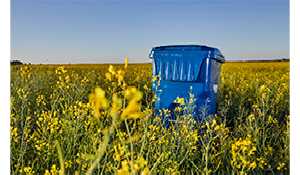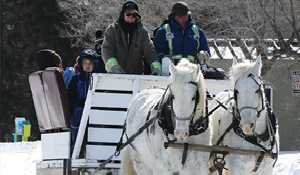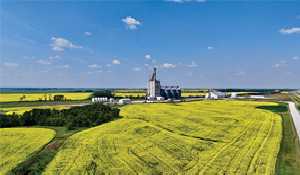Kipling Town Council: Kipling interested in partnership with Whitewood
June 17, 2025, 9:18 am
Ryan Kiedrowski, Local Journalism Initiative Reporter

A letter from the Town of Whitewood was received that proposed a discussion on working together with the Town of Kipling.
“With the recent municipal elections bringing new faces and fresh ideas to councils in our area, the Town of Whitewood would like to discuss a possible partnership with the Town of Kipling,” Mayor Pat Jackson read. “We often face the same opportunities and challenges in our area, things like attracting investment, supporting local businesses, tackling affordable housing, or finding improved ways to share costs on services. These things could be easier if we work together.”
Economic development was another area highlighted in the proposal as an “area where collaboration can make a big difference.” Whitewood also indicated they would be keen to talk about housing, recreation, or even cost-sharing.
“One example is our Official Community Plan and our zoning bylaw,” said Mayor Jackson. “It was done in 2013. It’s time for a real go through, but that is a very complex pair of bylaws, so we’re looking to hire someone who is a community planner to assist us, to work with us, and Whitewood has been interested in the same sort of thing.”
Council members were in favour of meeting with representatives from Whitewood, and replied with a possible date.
Ackerman officially CAO
Council officially decided to hire CAO Brenna Ackerman permanently after successfully completing her three-month probationary period.
“After we came out of the in camera session, we discussed it,” Mayor Jackson said of the decision. “It took very little time, because all of the council was very positive about Brenna. She’s on permanent now. She was on a three-month probation, and so she is now officially the CAO.”
One area Mayor Jackson pointed out that impressed her about Ackerman was the fresh ideas the CAO brings to the table.
“The questions that we asked—especially when we were doing the financials—she’s already got back to us. That is so helpful. We don’t expect her to know everything right off the hop, or to have every bit of information at her fingertips, but some of that will come just as she gets more and more immersed, but she finds out things right away.”
Tax enforcement
Council was presented with a list of eight properties in Kipling that have yet to pay municipal taxes, totalling $68,313.40.
“Nobody wants to pay taxes, but we all want the services,” Mayor Jackson told the World-Spectator. “I’m fairly certain a couple of those, as soon as they get the letter from the province, they’re going to be in and have them cleared up.”
Before making a motion to pursue action on the properties, council went in camera to discuss three in particular that were “sensitive” in nature.
“We just wanted to make sure that we were all on the same page,” said Mayor Jackson. “We talked about each one of the three. One of them had an agreement signed, and it hasn’t been touched in quite some time. One that we had put through, nobody even has an address.”
In that case, the provincial government will take on finding the property owner.



































